And do you know what she said? Her most famous quotation? (The Last War in Albion Book Two Part 13: Before Watchmen: The Comedian)
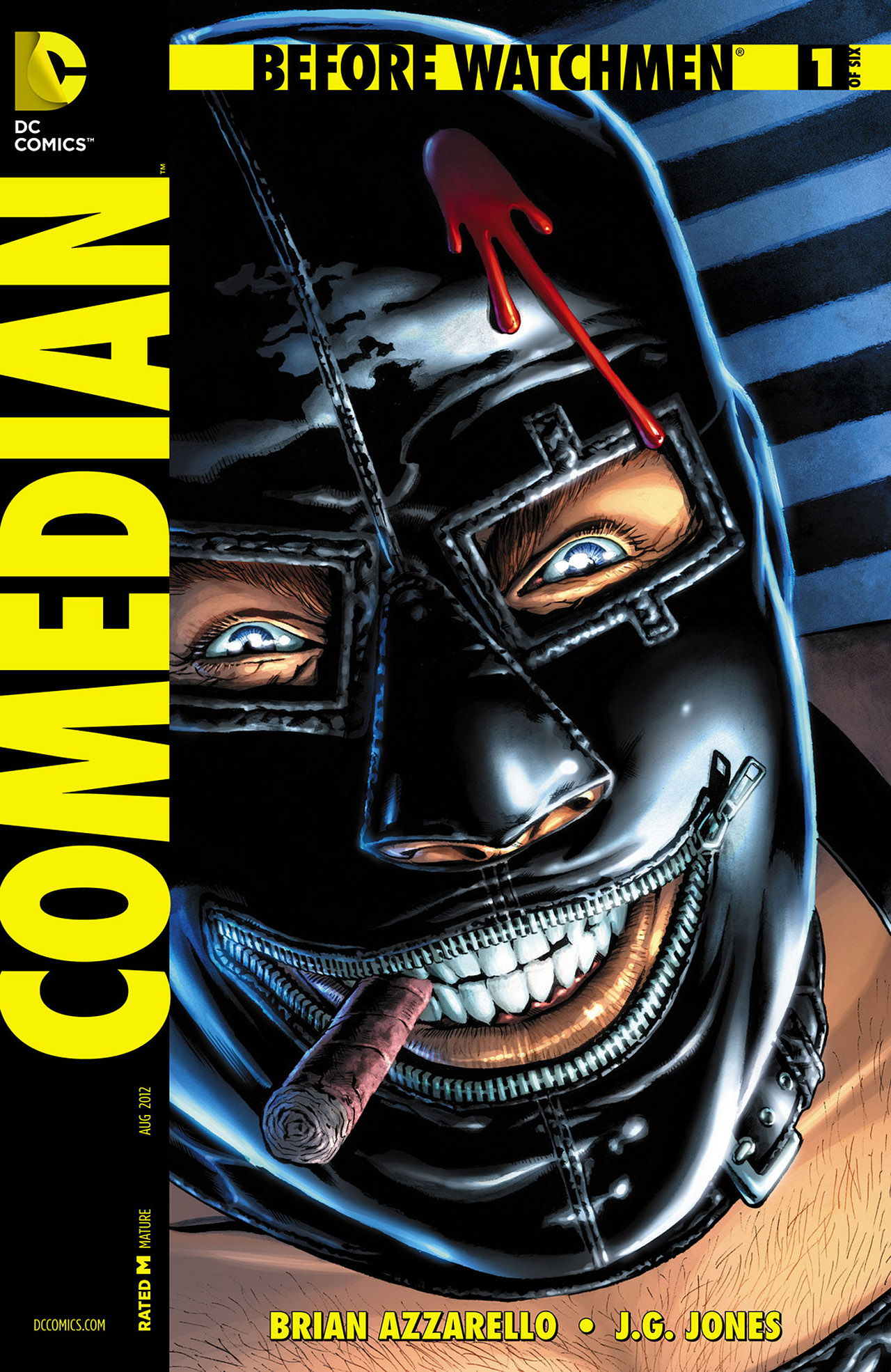 Previously in The Last War in Albion: Alan Moore and Grant Morrison’s differences of opinions are numerous, but one of the most fundamental differences comes in their relationship to the atomic bomb. Both were profoundly concerned with nuclear warfare, but for Morrison it was a childhood fear he found respite from in superheroes, whereas for Moore it was an adult concern he worked through using superheroes as a metaphor.
Previously in The Last War in Albion: Alan Moore and Grant Morrison’s differences of opinions are numerous, but one of the most fundamental differences comes in their relationship to the atomic bomb. Both were profoundly concerned with nuclear warfare, but for Morrison it was a childhood fear he found respite from in superheroes, whereas for Moore it was an adult concern he worked through using superheroes as a metaphor.
In many ways, this is the heart of the disagreement between Pax Americana and Watchmen. Morrison sees superheroes as creatures of immense possibility whose value is as aspirational figures. For him it is the interminability of superhero narratives that is most interesting – the fact that characters get reinvented over and over again, with new ideas and new takes, and that the stories never have to come to an end. Whereas to Moore, at least in Watchmen, what is interesting are the limitations of superheroes – of what they are incapable of doing and representing. The superheroes of Watchmen are known archetypes that the audience has seen a hundred times before, only taken to logical endpoints. The point isn’t the possibility of the characters, it’s the impotence of them. Put another way, Morrison cares what superheroes let us be, while Moore cares what they let us see.
This division, or at least the underlying division over what the purpose of art is, is one that will persist, in some form or another, throughout the War. But ironically, when it comes to the actual disagreement over the possibility of superheroes as an optimistic genre, it is Morrison’s view that ultimately won the day. Part of Moore’s ultimate revulsion at Watchmen was precisely the way in which, as he put it, it became “a kind of hair shirt that the super-hero had to wear forever after that… they’ve all got to be miserable and doomed. And if they’ve got to be psychopathic as well, then so much the better.” Indeed, Moore was adamant that “imaginative fiction,” and specifically superhero fiction, “is something which is perfectly fine for adults,” a point he attempted to demonstrate in much of his superhero work following his departure from DC.
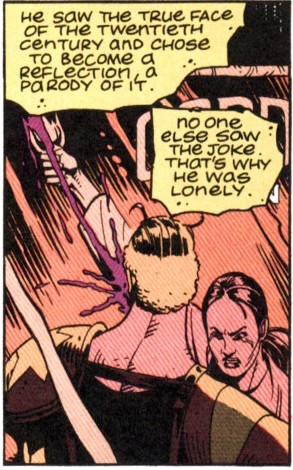 Arguably, then, this forms one of the few major chinks in Moore’s usually resilient armor of eternity – a point on which Moore can decisively and unambiguously be said to have changed. And yet it is easy to overstate this. Moore’s revulsion towards Watchmen is genuine, and yet it is not really a revulsion at the work itself. Rather, it is a revulsion at the world that Moore used Watchmen to look at – one that he found monstrous and twisted, and wrongly assumed that the rest of the world would see it that way as well. This is not just a matter of the fans who seized onto Rorschach in ways Moore found disturbing, but rather the entire way in which the nightmarish world he constructed, in which superheroes were the embodiment of humanity’s most self-destructive impulses tragically deluding themselves into believing that they were the world’s Watchmen and not its doom, was treated as something desirable.…
Arguably, then, this forms one of the few major chinks in Moore’s usually resilient armor of eternity – a point on which Moore can decisively and unambiguously be said to have changed. And yet it is easy to overstate this. Moore’s revulsion towards Watchmen is genuine, and yet it is not really a revulsion at the work itself. Rather, it is a revulsion at the world that Moore used Watchmen to look at – one that he found monstrous and twisted, and wrongly assumed that the rest of the world would see it that way as well. This is not just a matter of the fans who seized onto Rorschach in ways Moore found disturbing, but rather the entire way in which the nightmarish world he constructed, in which superheroes were the embodiment of humanity’s most self-destructive impulses tragically deluding themselves into believing that they were the world’s Watchmen and not its doom, was treated as something desirable.…

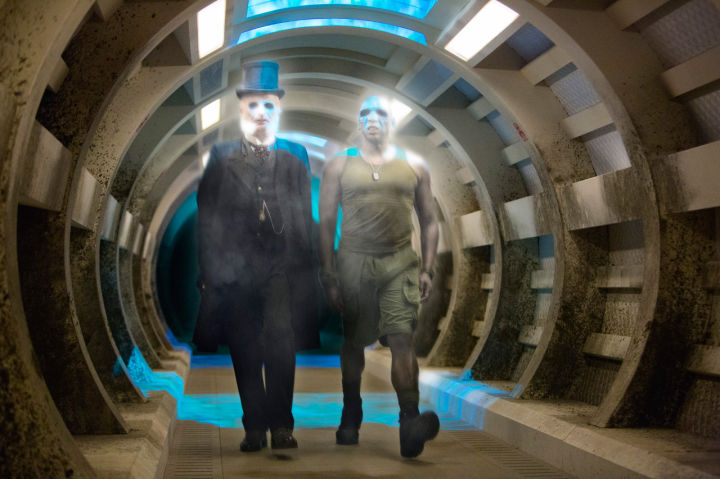 This week I’m joined by James Murphy of Pex Lives to discuss Under the Lake and, in typical Eruditorum Press style, a myriad of other topics, some of which actually have an obvious relationship to Under the Lake. Perversely, we manage to go on half an hour longer than Jane and I did about an actually good story. I have no explanation.
This week I’m joined by James Murphy of Pex Lives to discuss Under the Lake and, in typical Eruditorum Press style, a myriad of other topics, some of which actually have an obvious relationship to Under the Lake. Perversely, we manage to go on half an hour longer than Jane and I did about an actually good story. I have no explanation. 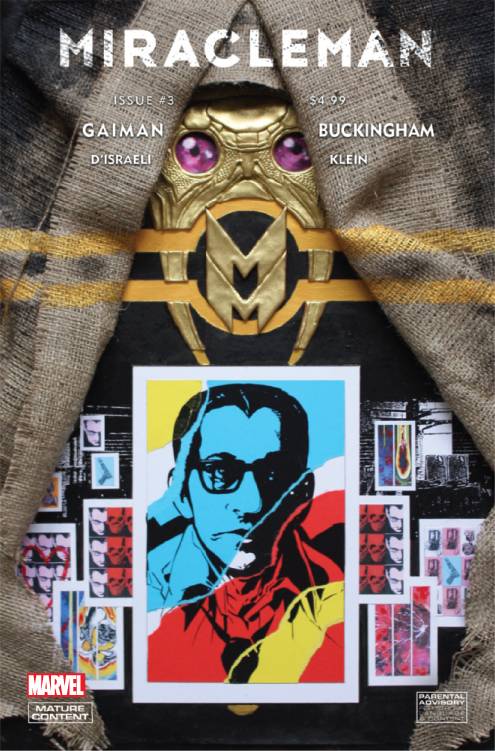 From worst to best of what I paid money for, sometimes reluctantly.
From worst to best of what I paid money for, sometimes reluctantly. Along with Pex Lives itself and the Shabcast, one of the podcasts Eruditorum Press picked up when we took Kevin and James onboard was Holly Boson and James Murphy’s City of the Deadpodcast, which is looking at all of the releases from Amicus Films in turn. Readers of this site probably know Amicus best for the two Peter Cushing Dalek films, but on the whole they’re better known for a series of horror anthology films that James described to me as a sort of cut-rate Hammer Horror. Today we’ve got a look at Dr. Terror’s House of Horrors, a five-part anthology film featuring Peter Cushing as Dr. Terror instead of as Dr. Who, telling the awful fates of people on a train.
Along with Pex Lives itself and the Shabcast, one of the podcasts Eruditorum Press picked up when we took Kevin and James onboard was Holly Boson and James Murphy’s City of the Deadpodcast, which is looking at all of the releases from Amicus Films in turn. Readers of this site probably know Amicus best for the two Peter Cushing Dalek films, but on the whole they’re better known for a series of horror anthology films that James described to me as a sort of cut-rate Hammer Horror. Today we’ve got a look at Dr. Terror’s House of Horrors, a five-part anthology film featuring Peter Cushing as Dr. Terror instead of as Dr. Who, telling the awful fates of people on a train. 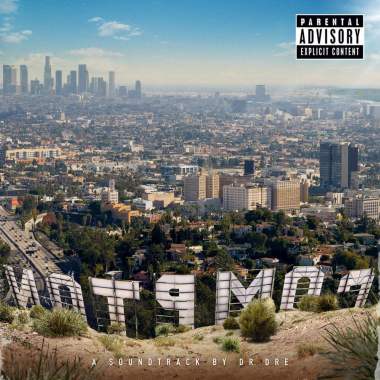 August 7th, 2015 will presumably not join January 24th, 1984 and October 23, 2001 on the list of celebrated Apple anniversaries. This will, I suspect, be a mistake. The release of Compton (all together now, “Dr. Dre’s first new album in sixteen years”) is every bit as significant a cultural moment as the Macintosh and the iPod, even if its status as a pop moment is likely to obscure its status as a moment in the history of tech culture, and, more broadly, the way it positions Dre as the king of both Compton and Cupertino, for good and for ill.
August 7th, 2015 will presumably not join January 24th, 1984 and October 23, 2001 on the list of celebrated Apple anniversaries. This will, I suspect, be a mistake. The release of Compton (all together now, “Dr. Dre’s first new album in sixteen years”) is every bit as significant a cultural moment as the Macintosh and the iPod, even if its status as a pop moment is likely to obscure its status as a moment in the history of tech culture, and, more broadly, the way it positions Dre as the king of both Compton and Cupertino, for good and for ill.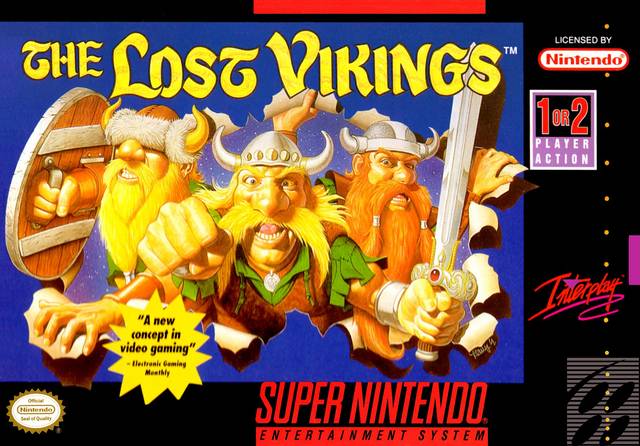 They are, in truth, not lost, although they have gone far more astray than even Vinland. Were one to locate it on a map of genre, it would rest near
They are, in truth, not lost, although they have gone far more astray than even Vinland. Were one to locate it on a map of genre, it would rest near  The Dark Forest by Cixin Liu
The Dark Forest by Cixin Liu It’s tempting to call it ruthlessly traditional
It’s tempting to call it ruthlessly traditional _001-001.jpg)
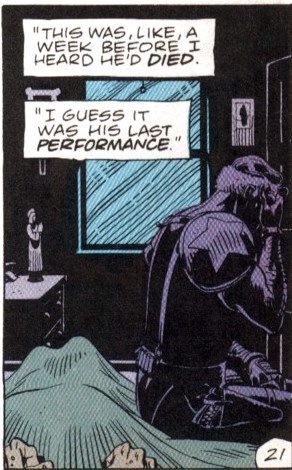 – indeed, Morrison had been hyping it since 2009, describing it as rooted in “that sort of crystalline, self-reflecting storytelling method” and an attempt to capture what would happen “if Alan Moore and Dave Gibbons had pitched the Watchmen now, rooted in a contemporary political landscape, but with the actual Charlton characters instead of analogues.” In this regard, what is perhaps most significant about it is that it is not an imitation of Watchmen as such. Where many comics overtly following from Watchmen adopt its nine panel grid, Pax Americana is based around an eight panel grid, albeit significantly more loosely than Watchmen is around its grid. This is in turn reflected within the comic, which uses the figure eight as a recurring visual motif. But Morrison slyly plays on the image, using it not just to represent the number 8, but as an infinity symbol, a figure that tacitly invokes Doctor Manhattan’s line shortly before the end of Watchmen, “nothing ever ends.”
– indeed, Morrison had been hyping it since 2009, describing it as rooted in “that sort of crystalline, self-reflecting storytelling method” and an attempt to capture what would happen “if Alan Moore and Dave Gibbons had pitched the Watchmen now, rooted in a contemporary political landscape, but with the actual Charlton characters instead of analogues.” In this regard, what is perhaps most significant about it is that it is not an imitation of Watchmen as such. Where many comics overtly following from Watchmen adopt its nine panel grid, Pax Americana is based around an eight panel grid, albeit significantly more loosely than Watchmen is around its grid. This is in turn reflected within the comic, which uses the figure eight as a recurring visual motif. But Morrison slyly plays on the image, using it not just to represent the number 8, but as an infinity symbol, a figure that tacitly invokes Doctor Manhattan’s line shortly before the end of Watchmen, “nothing ever ends.”_001-002.jpg)